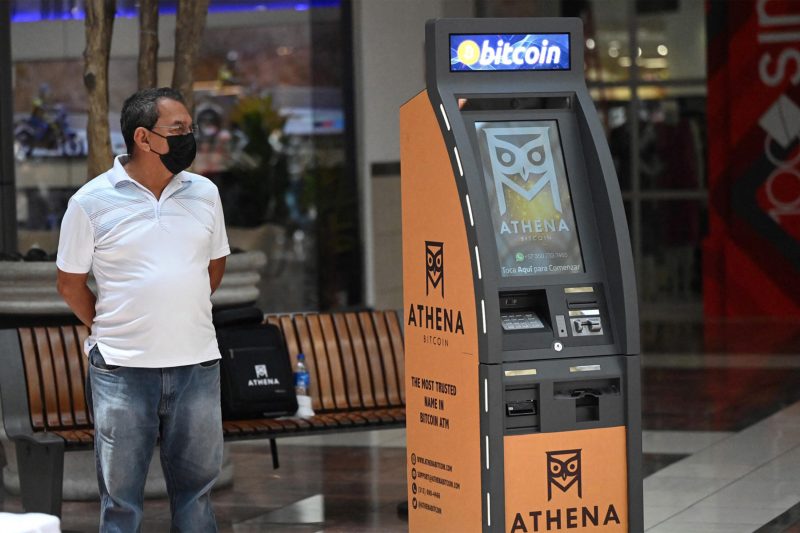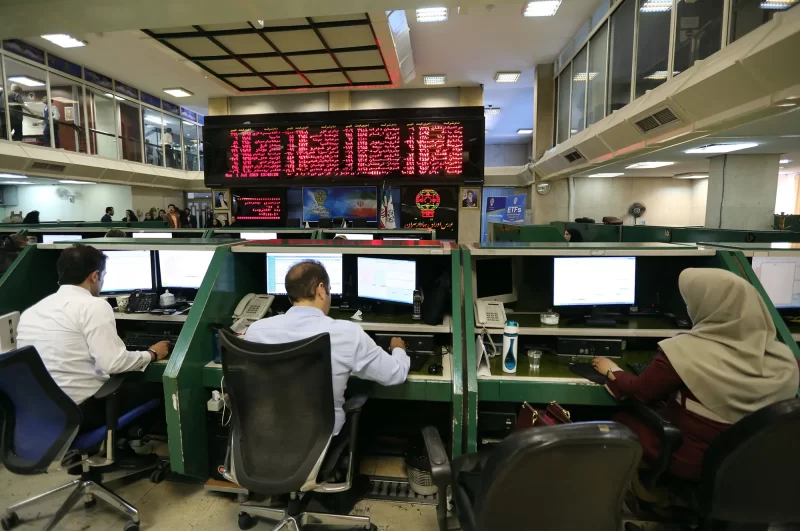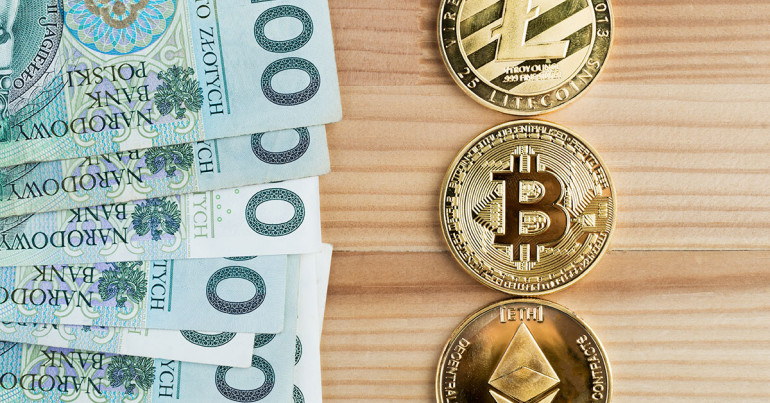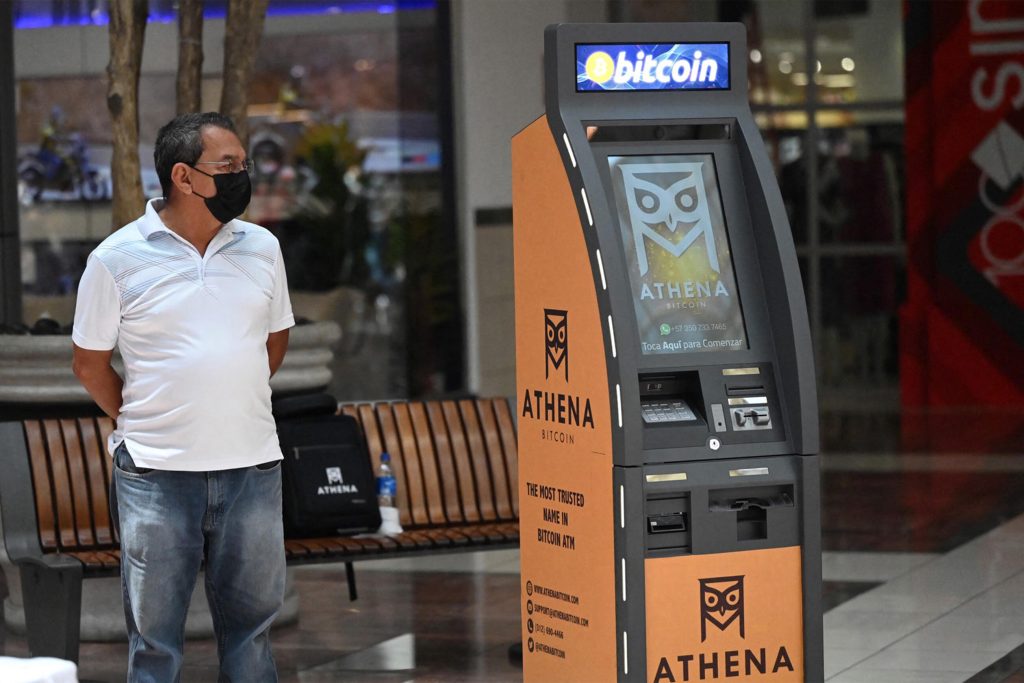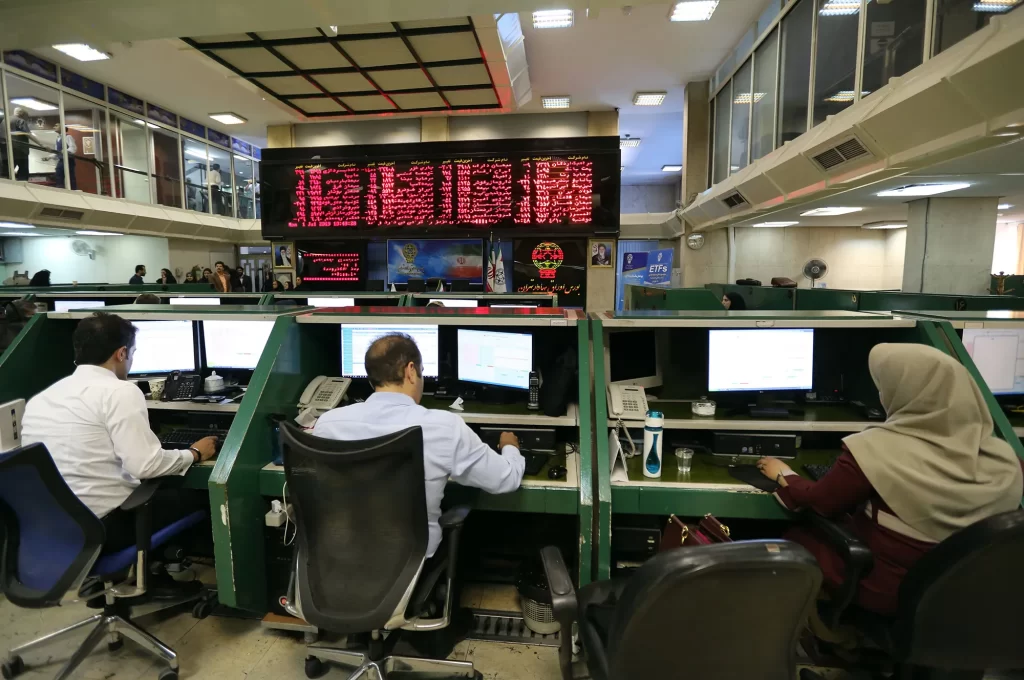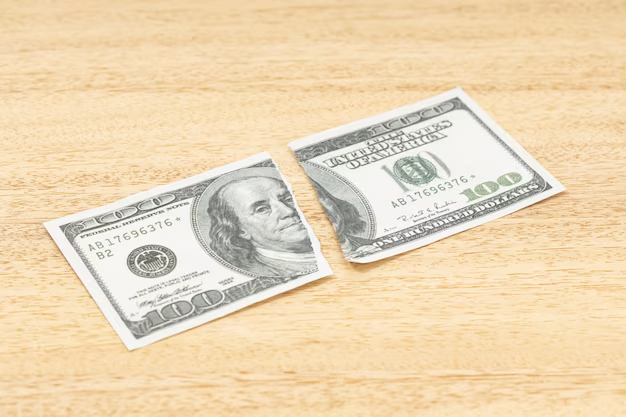
U.S. Dollar Is Cracking!
Alright, let's talk about money – specifically, the U.S. dollar. For ages, it's been the king, the go-to safe place for investors when things get shaky globally. But lately? Something's definitely shifted. As of Tuesday, May 6, 2025, the dollar is really struggling, looking quite fragile actually. And guess what? Its counterparts in Asia are suddenly looking incredibly strong, charging higher in a way we haven't seen much of recently.
So, what in the world is putting the pressure on the mighty greenback? It's not just one thing but a combination of factors creating a tricky situation. Here are 5 big reasons why the U.S. dollar seems to be losing its footing right now:
1. The Taiwan Dollar Pulled Off a Wild, Unprecedented Surge
Get this: the Taiwan dollar just had a mind-blowing couple of days. We're talking an unprecedented two-day jump that saw it surge a massive 8% against the U.S. dollar, hitting a three-year high on Monday! While that sharp move cooled off a bit, a sudden, huge swing like that in a regional currency doesn't happen in a vacuum. It created a shockwave that spilled over, putting other currencies in the region on the front foot and leaving the dollar looking wobbly.
2. Markets Think Currency Might Be a Secret Trade War Chip
Even though Taiwan's central bank has repeatedly denied it, the market has a hunch. With U.S.-Taiwan trade talks just wrapping up in Washington, investors are speculating that maybe – just maybe – allowing their currency to appreciate is part of the trade negotiation dance with the U.S. under President Trump. This isn't confirmed, obviously, but the market's belief that currency appreciation might be tacitly approved (or even welcomed by the U.S.) is putting pressure on the dollar relative to these potentially strengthening Asian peers.
3. Asian Exporters Might Be Moving Away From the Dollar
Here's another piece of the puzzle: Asian exporters. For a while there, with U.S. interest rates climbing, many of them were apparently holding onto more U.S. dollars. Plus, hedging against dollar moves was getting more expensive. But analysts suggest that as trade positions with the U.S. fundamentally change – think tariffs, trade war impacts – there could be a significant rebalancing happening. Exporters might be hoarding fewer dollars or shifting their holdings towards other global assets. And any move away from holding dollars, even if it's not bringing money back home, means less demand for the greenback globally.
4. Trump's Chaotic Tariffs Are Wrecking the Dollar's ‘Safe Haven' Status
This one seems huge. President Trump's unpredictable global tariff policies are creating serious chaos and uncertainty. Remember that 145% tariff hitting Chinese imports? Or the sudden idea for a 100% tariff on movies? This constant flux is making investors question if the U.S. dollar is truly a safe place to hide their money anymore. Even when U.S. Treasury yields might look decent, currency strategists are seeing signs that markets are just plain wary of putting their cash into the dollar right now because they're unsure of its traditional safe-haven status in this unpredictable trade environment.
5. U.S. Treasury Yields Aren't Helping Like They Used To
Usually, if U.S. Treasury yields go up, it makes the dollar more attractive to foreign investors seeking better returns, boosting its value. But right now, according to reports, U.S. Treasury yields are basically back to where they were before some significant market events, yet the dollar is still noticeably weaker. Currency experts point to this disconnect as further proof that something deeper is going on – that simple interest rate differences aren't enough to overcome the market's fundamental doubts about the dollar's safety and future direction amidst the trade war and global uncertainty.
The Bottom Line
So, there you have it. It's a complicated mix of rapid currency movements, market speculation around trade policies, shifts in global money flows, and the big cloud of uncertainty created by tariffs. These factors are all converging to put significant pressure on the U.S. dollar right now. While central banks like the Federal Reserve (which meets Wednesday) and the Bank of England (expected to cut rates soon partly due to trade darkening the outlook) are watching closely, the currency markets are clearly showing that the dollar's usual dominance is being seriously tested. Staying informed on these currency battles is more important than ever.



